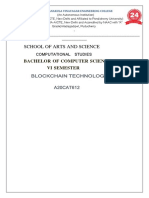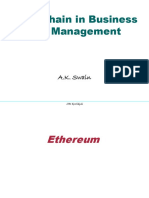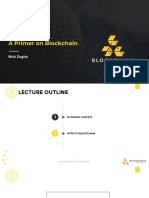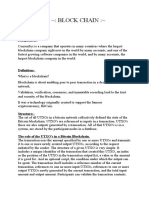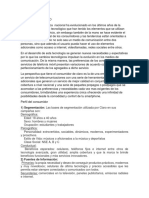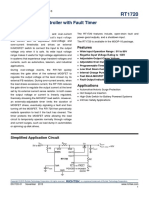0% found this document useful (0 votes)
11 views22 pages01 Intro
The document provides an overview of blockchain technologies, highlighting its decentralized nature, cryptographic security, and the role of nodes in transaction verification. It discusses the resilience of cryptocurrencies like Bitcoin and Ethereum, emphasizing their ability to operate without a central authority. Additionally, it includes links to various blockchain resources and tools for practical engagement with Bitcoin and Ethereum networks.
Uploaded by
alperavatar0Copyright
© © All Rights Reserved
We take content rights seriously. If you suspect this is your content, claim it here.
Available Formats
Download as PDF, TXT or read online on Scribd
0% found this document useful (0 votes)
11 views22 pages01 Intro
The document provides an overview of blockchain technologies, highlighting its decentralized nature, cryptographic security, and the role of nodes in transaction verification. It discusses the resilience of cryptocurrencies like Bitcoin and Ethereum, emphasizing their ability to operate without a central authority. Additionally, it includes links to various blockchain resources and tools for practical engagement with Bitcoin and Ethereum networks.
Uploaded by
alperavatar0Copyright
© © All Rights Reserved
We take content rights seriously. If you suspect this is your content, claim it here.
Available Formats
Download as PDF, TXT or read online on Scribd
/ 22







